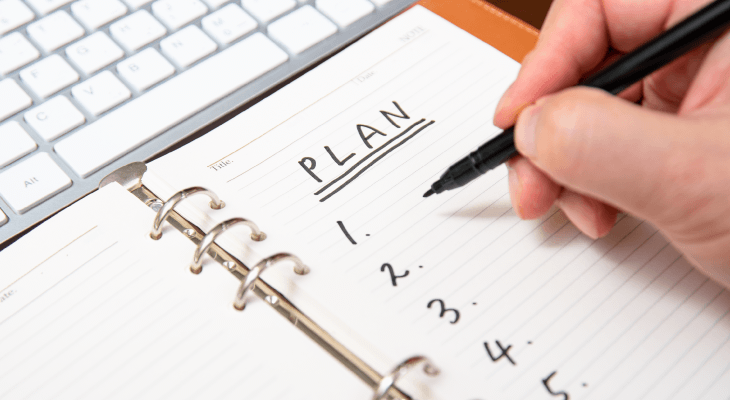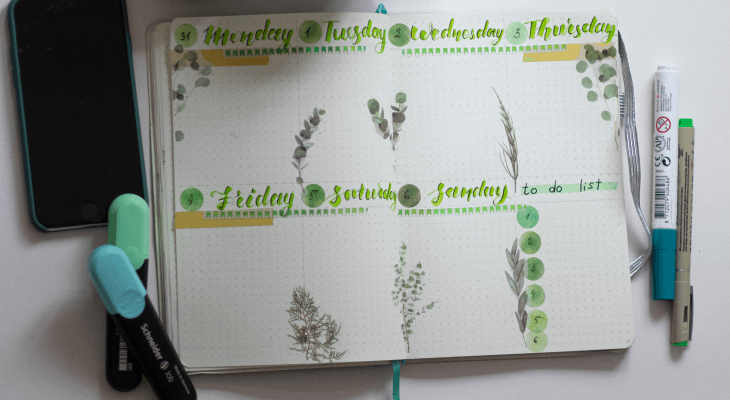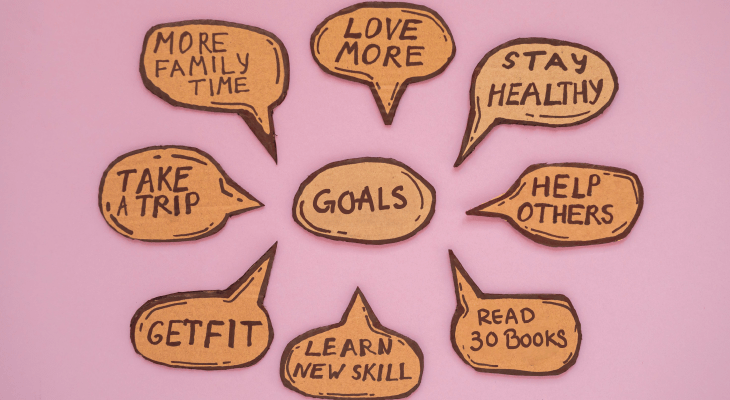5 Tips to Setting and Achieving Your Goals
Are you the type to always give up on your goals? Maybe you’re just not being realistic enough. Follow these tips to be successful at goal-setting.
Published 04 Jan 2022

Whether it’s for a new year resolution or just a general desire to improve ourselves, we’ve all made goals with the aim of improving ourselves. And we’ve all experienced the guilt and frustration of being unable to see the goal through.
So what can you do to change that? You can begin with these tips. Here are 5 strategies to help you set realistic goals.
#1. Know your strengths and weaknesses

Before you even begin planning and setting your goals, make sure you know yourself and what you can and cannot do. While nothing is impossible if you put your mind to it, you still have to consider your limitations.
If you’ve struggled with finishing a book before, setting a goal to read 50 books in a year may be too ambitious and cause you to give up early on. This doesn’t mean you have to completely abandon your goals. Just be realistic about your own ability to accomplish it.
#2. Be as specific as possible

Most people often make vague goals like exercising more or reading more. While those are technically goals, how would you know when you’ve achieved them? If you had never been to the gym before, does going to the gym once means that you’ve “exercised more”?
Whenever possible, give a quantifiable number to your goals. Instead of saying you want to exercise more, say you want to go for a 30 minute walk 3 times a week. Instead of saying you want to eat healthier, say that Monday to Friday are dessert-free days.
Being specific will give you a more tangible goal to focus on. Knowing exactly what you want to achieve will help you focus your efforts and avoid being swayed by distractions.
#3. Create a plan of action

Having a goal is not enough. You also have to think about how you plan on achieving those goals. By detailing how you intend to do it, you give structure to your goals, ensuring that they’re no longer a vague ambition. Instead, it’s something you can achieve by following the steps you’ve outlined.
If you want to exercise more, do you mean by going to the gym or taking a long walk in the evening? Aspire to finish 30 books in a year? Calculate how many books you need to read per month and make a list of book titles you aim to read.
Having a plan of action is also a great way to keep you grounded and realistic. Let’s say one of your goals for the year is to save money but you know that you’re planning to get a car soon. Obviously, that would add to your monthly finances. So for now at least, you can’t be too stringent about money and might have to reconsider that particular goal.
Of course, you don’t have to be terribly detailed. But having a general idea of how the goal can be achieved is helpful.
Apply for university with EduAdvisor
Secure scholarships and more when you apply to any of our 100+ partner universities.
Start now#4. Consider your daily routines

We all lead busy lives and this can often become the reason why so many people end up ditching their goals. In order to make sure your goal is achievable, try to take into account your routine and how you can incorporate your goals into your daily life.
Let’s say your general goal is to exercise more. If you don’t have time to go to the gym, consider other alternatives like taking a walk while doing your chores or choosing to cycle to college.
If your goal is to eat healthier but you know you don’t have the energy to prepare your own meal, what about subscribing to a healthy food delivery service like The Naked Lunchbox or GoClean? If you’re the kind to always go for a Starbucks, try cutting that out as a start to your healthy diet.
By taking into account your daily routine, the likelihood of you accomplishing your goal is higher since you won’t have to deviate from what you’re familiar with just to achieve a specific goal.

#5. Don't aim for too many different goals at one time

While it’s good to always have goals of self-improvement, too many can be counterproductive. You might find yourself overwhelmed by all the different goals, which can lead to a desire to just abandon all of them. So make sure to know your limits and keep your goals to a manageable number.
Another great way to keep yourself from feeling overwhelmed is by pairing your goals to complement one another. For example, you can pair your goal of minimising unnecessary spending with exercising more by choosing to walk and cycle whenever possible instead of paying for a Grab. This way, you can kill two birds with one stone.
What’s important is to make sure that you’re operating within your limits. If you have to, it’s better to take one step at a time than to aim for a big leap but fail to move completely.
Making goals is easy but keeping to it can be hard. While these suggestions may not work for everyone, it can help as a starting point. So if you’ve always been the kind to abandon your goals, why not give these tricks a try?






